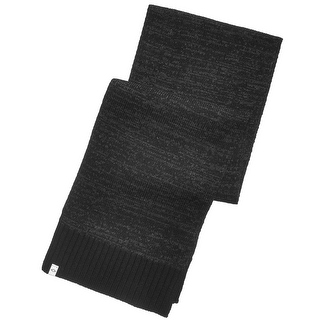

For example, in the expression abc $123 Edit with Regexity the numbers 123 Edit with Regexity will never match since the end-of-string anchor $ Edit with Regexity signifies the end of the input string. This is also true for placing the end-of-string anchor $ Edit with Regexity at the start of a string.Īlso, using the ^ Edit with Regexity and $ Edit with Regexity anchors in the middle of an expression will “cancel out” either the portion before or after it. Note that placing the start-of-string anchor ^ Edit with Regexity at the end of a string will result in no matches being made.
#REGEX CARET PRO#
Pro Tip: The word boundary character \b Edit with Regexity should not be confused with the backspace character Edit with Regexity which is enclosed in square brackets and matches a backspace character. will not match the p Edit with Regexity in the middle of the word.will match the first p Edit with Regexity in people Edit with Regexity since it’s at the beginning of the word, but.The expression / \bp / Edit with Regexity: will not match the g Edit with Regexity in the middle of the word.

will match the g Edit with Regexity at the end of programming Edit with Regexity since it’s at the end of the word, but.Place the word anchor \b Edit with Regexity in front of an expression to match it at the start of a word, or after the expression to match it at the end of a word.įor example, the expression /g \b / Edit with Regexity: It is helpful to think of a word boundary as an invisible character before the first character in a word and after the last character. Note that “words” in regex can consist of characters including Edit with Regexity, Edit with Regexity, Edit with Regexity, or underscores _ Edit with Regexity.
The word boundary anchor ( \b Edit with Regexity) will match an expression only if it occurs at the beginning of a word. Word Boundary Anchor ( \b Edit with Regexity) But in the input string abcde Edit with Regexity nothing will be matched, since abc Edit with Regexity is not positioned at the end of the string. abc $ / Edit with Regexityįor example, in the input string 123abc Edit with Regexity is tested against the expression above then the abc Edit with Regexity will be matched since it is positioned at the end of the string. For example, the letters abc Edit with Regexity in the next expression will only match if they are positioned at the end of a string. The dollar sign ( $ Edit with Regexity) is used as an end-of-string anchor and ensures that a match is positioned at the end of a string, or the end of a line if the multiline flag m Edit with Regexity is enabled (see below). Pro Tip: The start-of-string symbol should not be confused with the negation symbol (also the caret symbol ^ Edit with Regexity) which is used at the start of a character class, e.g. However, if the input string 123abc Edit with Regexity is used then nothing will be matched. If the input string abcdef Edit with Regexity is tested against the expression above, then the abc Edit with Regexity portion of that string will be matched, since it occurs at the start of the string. For example, the following expression will fail if the letters abc Edit with Regexity are not positioned at the start of the string. The caret symbol ( ^ Edit with Regexity) is used as the start-of-string anchor and ensures that a match is positioned at the start of a string, or the start of a line of the multiline flag m Edit with Regexity is enabled (see below). Start of String Anchor ( ^ Edit with Regexity) There are 4 types of anchors in Javascript regex. A word boundary (\b) ensures it’s at the start or end of a word while a non-word boundary (\B) ensures that it’s not. The start-of-string anchor (^) ensures it’s at the start of the string while the end-of-string anchor ($) ensures it’s at the end. A regex anchor ensures that a matched expression is anchored to a certain position in the string.


 0 kommentar(er)
0 kommentar(er)
